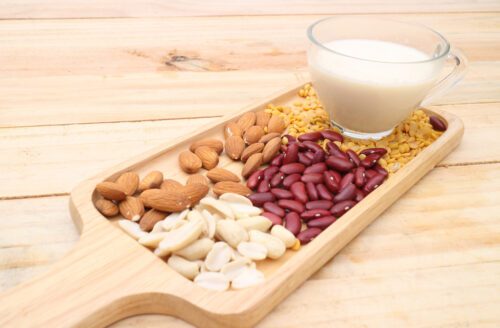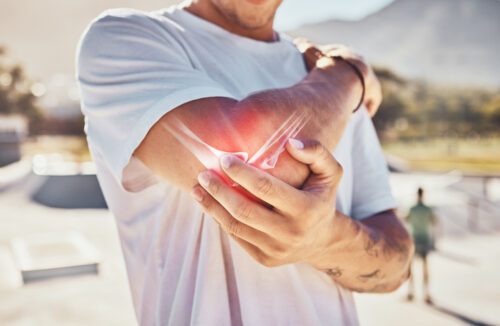Bone healing: optimizing fracture recovery with photobiomodulation
Bone healing is a natural process that is essential for strengthening bones after a fracture or bone injury. This phenomenon relies on the regeneration of bone cells and the formation of the so-called bone callus, a solid structure that supports the bone as it repairs. In this category, we explore in detail how photobiomodulation (PBM) plays a crucial role in this process, complementing traditional methods such as splints or braces.
The benefits of photobiomodulation to support bone consolidation
Photobiomodulation is an advanced technique that uses LED lights and lasers of different wavelengths to stimulate bone cells, thereby promoting bone regeneration and improving the well-being of recovering individuals. This non-invasive method is used to help reduce the discomfort associated with fractures, while accelerating the healing process for various bone injuries, whether to the ankle, knee, hip or foot.
Photobiomodulation sessions are particularly useful for those suffering from complex fractures or delayed bone consolidation. The diffused light gently penetrates tissues, providing beneficial effects on bone cell regeneration, particularly in fractures that are slower to consolidate. By optimizing the activation of bone stem cells, PBM supports the natural biological processes that contribute to the strengthening and solidity of injured bone.
Use of photobiomodulation in fracture management: the role of restraint and care classes
Fracture management also involves supportive devices such as splints and walking shoes. These devices limit movement and promote a stable environment for the healing bone. Photobiomodulation, applied in conjunction with appropriate restraint tools, can accelerate consolidation by providing additional stimulation to bone cells.
Individuals using compression products, such as class 2 compression socks for the legs or walking splints for the ankle and foot, particularly benefit from the combined effects of these methods with photobiomodulation. For example, for those suffering from foot or ankle fractures, PBM proves invaluable in reducing local inflammation and encouraging better recovery without increasing the risk of post-fracture discomfort or stiffness.
Supporting fractures in women and men with photobiomodulation
Fracture care sometimes varies according to gender, with specific restraint devices, such as female- and male-friendly models, catering for different anatomical needs. The compression class plays an essential role in this context, stabilizing the bones while providing adequate support to the muscles and ligaments around the fracture.
Photobiomodulation sessions, meanwhile, provide an essential complement by promoting better local circulation and greater stimulation of bone cells, whether for a woman with a fractured ankle requiring a walking boot, or for a man undergoing rehabilitation after hip surgery. By adapting to the specific needs of each individual, this technology enhances fracture management by improving comfort and recovery.
Photobiomodulation and physical activity to support fracture healing
As bone healing progresses, light physical activity can be resumed, again under medical supervision. Photobiomodulation can also play a role in this phase, promoting the regeneration of muscle and bone tissue, helping to restore mobility after a fracture.
PBM sessions offer a gentle alternative to the invasive approaches often used after a complex fracture. By supporting the bones and surrounding tissues, this non-invasive method reduces muscle tension, promotes better joint balance and helps avoid potential complications often associated with fractures, such as stiffness or circulation disorders around the affected limbs.
This comprehensive approach, combining restraint, progressive regaining of mobility and photobiomodulation, constitutes a holistic strategy for bone wellness that meets the varied needs of those recovering from fractures.
Photobiomodulation: a breakthrough in fracture management and bone consolidation
Photobiomodulation is an invaluable tool for supporting bone consolidation safely and effectively. For individuals facing delayed consolidation or multiple fractures, this technique represents a gentle alternative that contributes to well-being and supports natural bone regeneration. It can be combined with conventional methods, such as restraint and immobilization, to provide comprehensive, personalized support for a gradual return to normal mobility.



